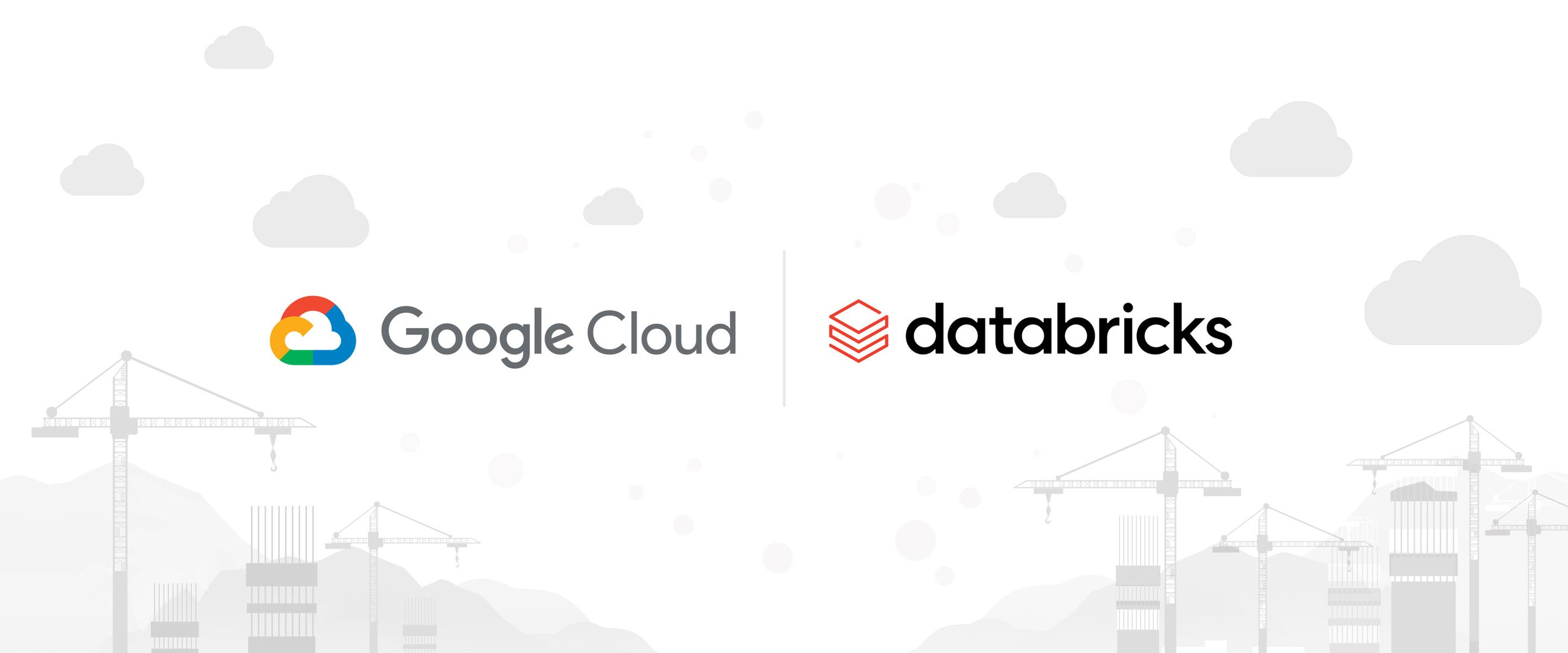Databricks on Google Cloud is now generally available

Mavinder Singh
Director, IaaS/PaaS Partnerships
Google Cloud and Databricks announced a new partnership to deliver Databricks at global scale on Google Cloud. Enterprises can deploy or migrate Databricks Lakehouse to Google Cloud to combine the benefits of an open data cloud platform with greater analytics flexibility, unified infrastructure management, and optimized performance. And we are excited to announce that this partnership, which we announced in February, is fully available to the public today!
With the general availability of Databricks on Google Cloud, those customers that were part of our extended public preview can now leverage a fully publicly generally available solution. And for those customers who were waiting for a publically available solution, they can now deploy Databricks via our Marketplace. The Google Cloud Marketplace enables customers to explore, launch, and manage production-grade solutions in just a few clicks.
On top of the solution being generally available, we are also excited to announce that Databricks on Google Cloud is also now available in new regions in Europe, and North America, and the APAC regions will be available in July.
Start seeing results in your organization today
Customers are already seeing great results from this solution. Here is what Harish Kumar, the Global Data Science Director at Reckitt, had to say at the Databricks on Google Cloud launch event:
“Databricks on Google Cloud simplifies the process of driving any number of use cases on a scalable compute platform - there is no need to rebuild the architecture and we can reuse our datasets, we can reuse our PySpark scripts, we can reuse our modules - and hence reduce the planning cycles that are needed to deliver a solution for each business question or problem statement that we use.”
What this launch means for users
Openness
Our partnership provides enterprises with an open approach that enables greater flexibility for data management and analytics strategies, which builds upon Google’s ongoing commitment to an open cloud. This openness ensures customers have interoperability and portability, including those that want to use multiple public clouds and open source technology, like Kubernetes, MLflow, Apache Spark, and Delta Lake for their analytics applications.
Flexibility
Integrations with Google Cloud Storage, Pub/Sub, BigQuery, Looker, and Google Kubernetes Engine allow Databricks users to quickly flip between services within Google Console to unify the experience and build the analytics applications they need to move the business forward.
Data can be messy, siloed, and slow, and requires many departments across organizations to collaborate, including IT, analytics, and business users. With deep integrations between Google Cloud’s data analytics services and Databricks, enterprises can now store, process, and analyze any type or volume of data.
Security
Google Cloud's security model, world-scale infrastructure, and unique capability to innovate will help keep your organization secure and compliant. Databricks on Google Cloud enables customers to rapidly provision Databricks on Google Cloud’s global network, with advanced security and data protection controls required for highly-regulated industries.
Data analytics partnerships
Our joint partners and systems integrators in the analytics ecosystem are committed to ensuring seamless deployments, integrations, and expertise with Databricks on Google Cloud, including Accenture, Cognizant, Collibra, Confluent, Deloitte, Fishtown Analytics, Fivetran, Immuta, Informatica, Infoworks, Insight, MongoDB, Privacera, Qlik, SoftServe, Slalom, Tableau, TCS and Trifacta among others.
Get started Today
We're looking forward to helping customers discover Databricks on Google Cloud and put all of these capabilities to work. Get started by exploring Databricks on Google Cloud or access it through the Google Cloud console.


